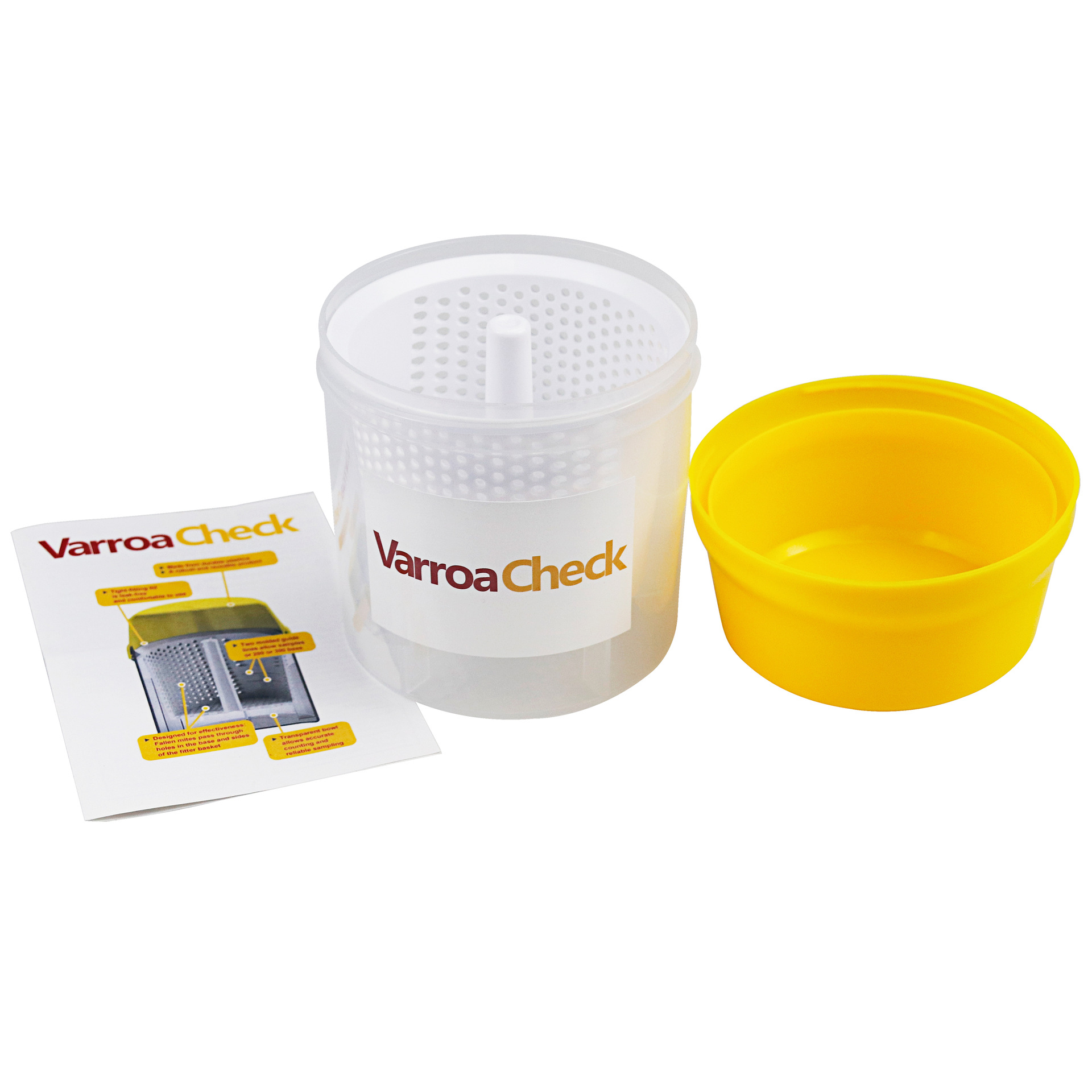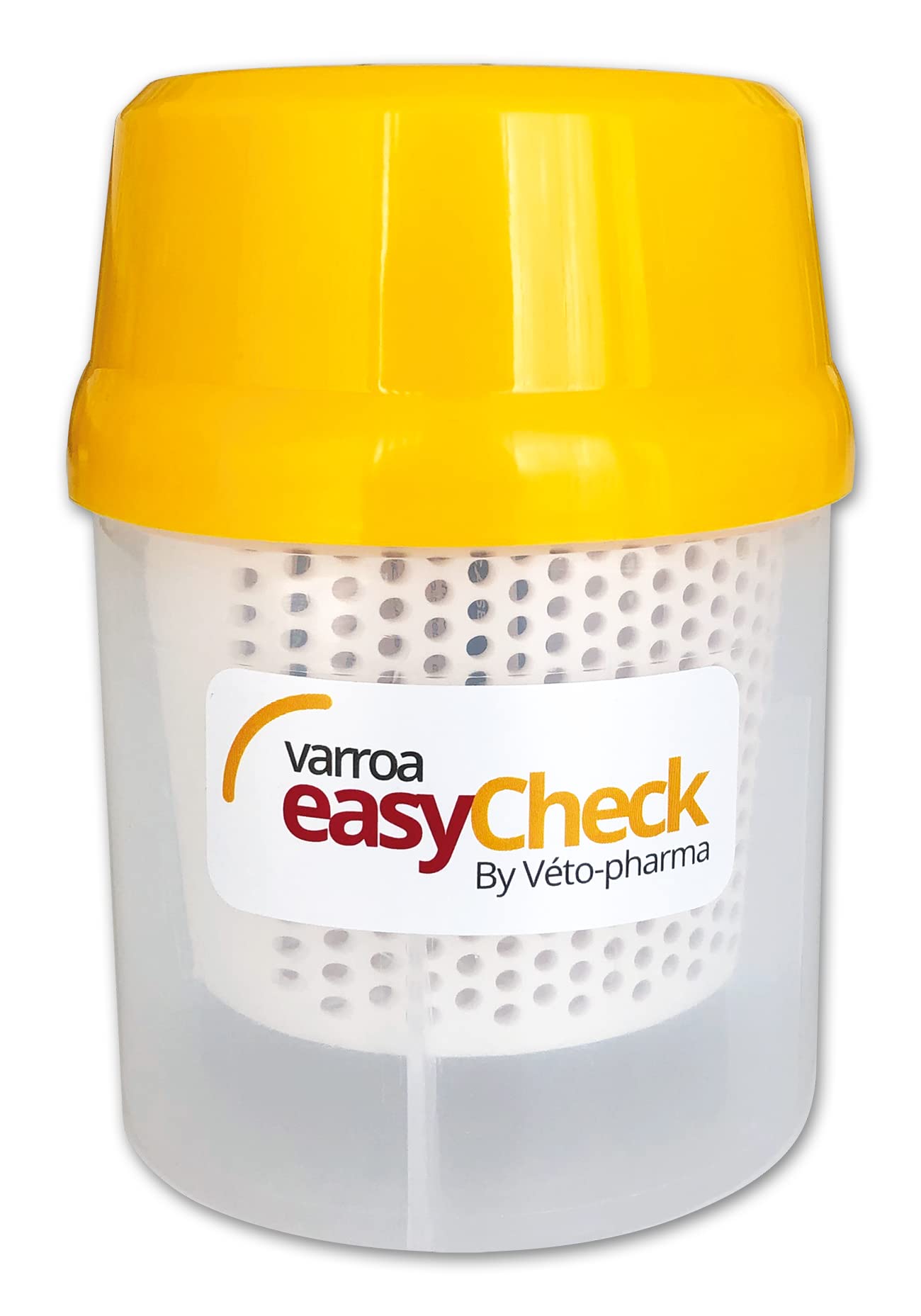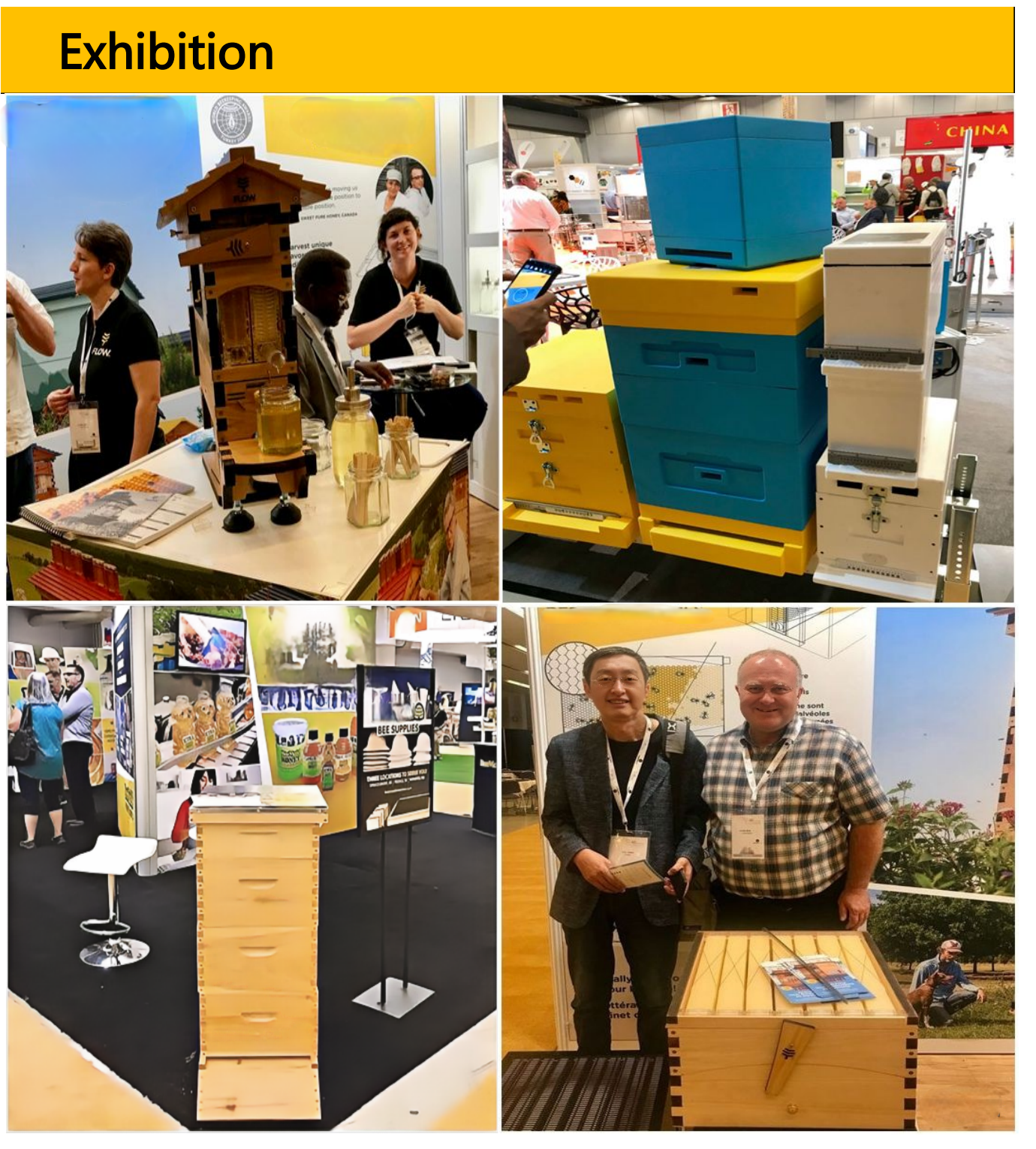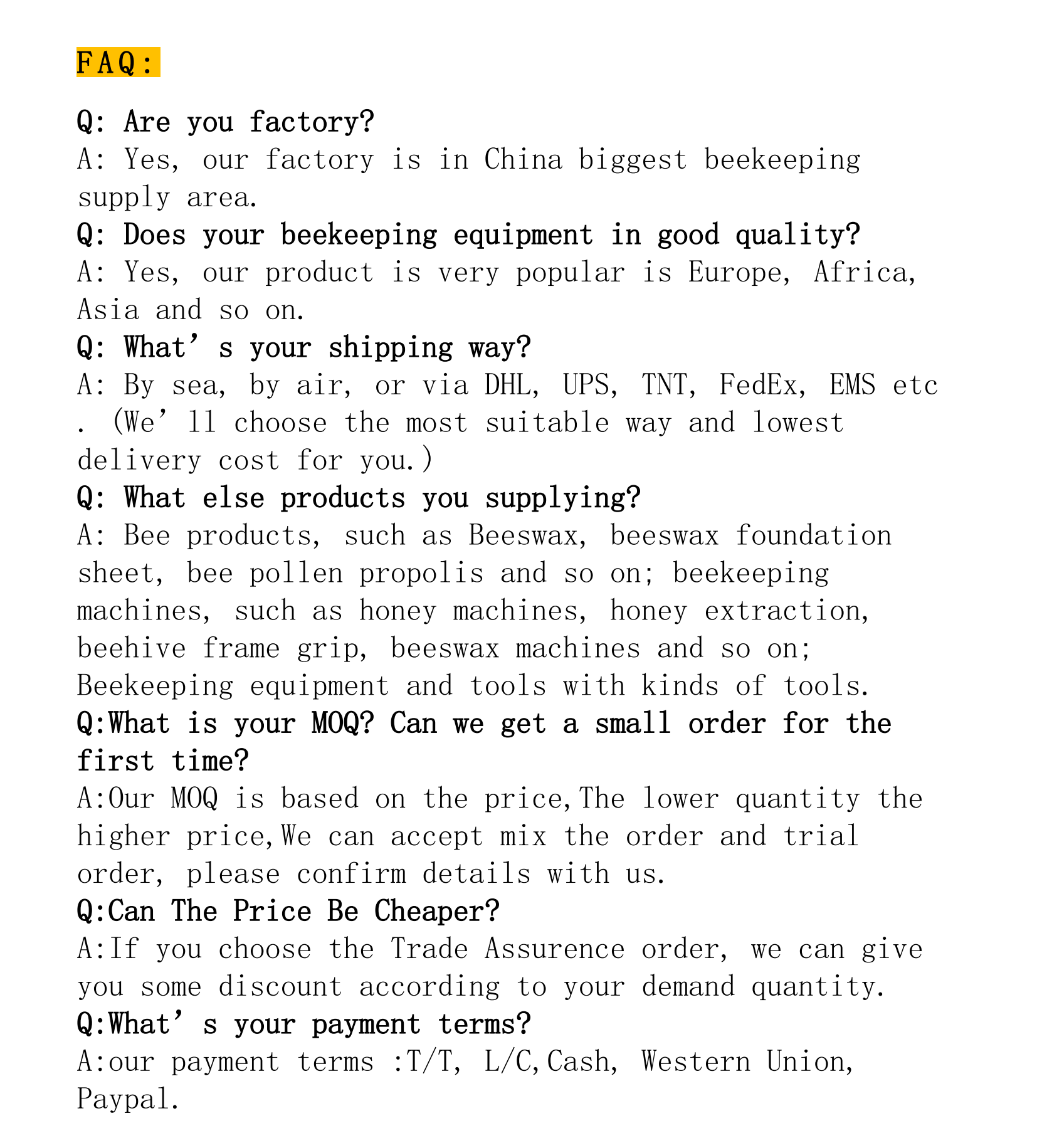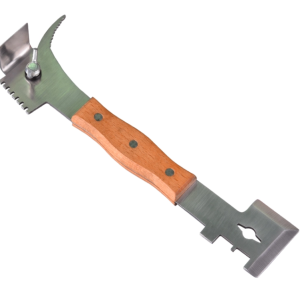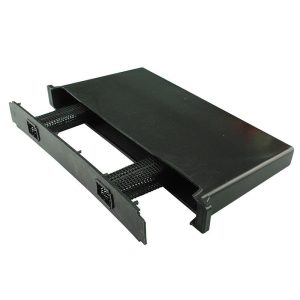Usage instructions:
Collecting bees: Pour glass cleaner or alcohol into the bottle and use a tool to collect bees.
Shake up and down: Cover the bottle and shake it up and down for 60 seconds, then let it stand for 1 to 2 minutes.
Counting: Count the number of varroa mites that have fallen to the bottom of the bottle. Use this number to calculate the percentage of bees infected with varroa mites.
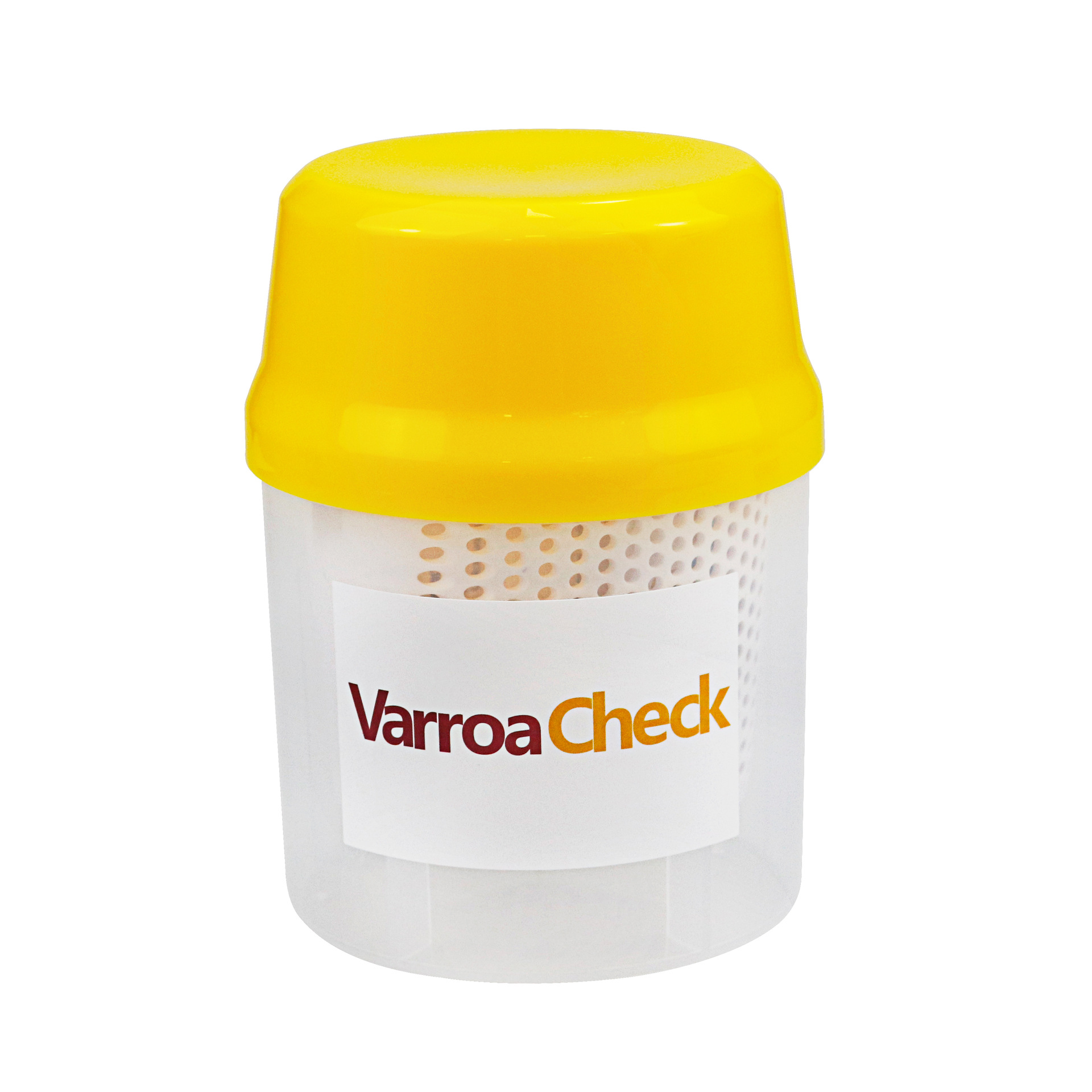
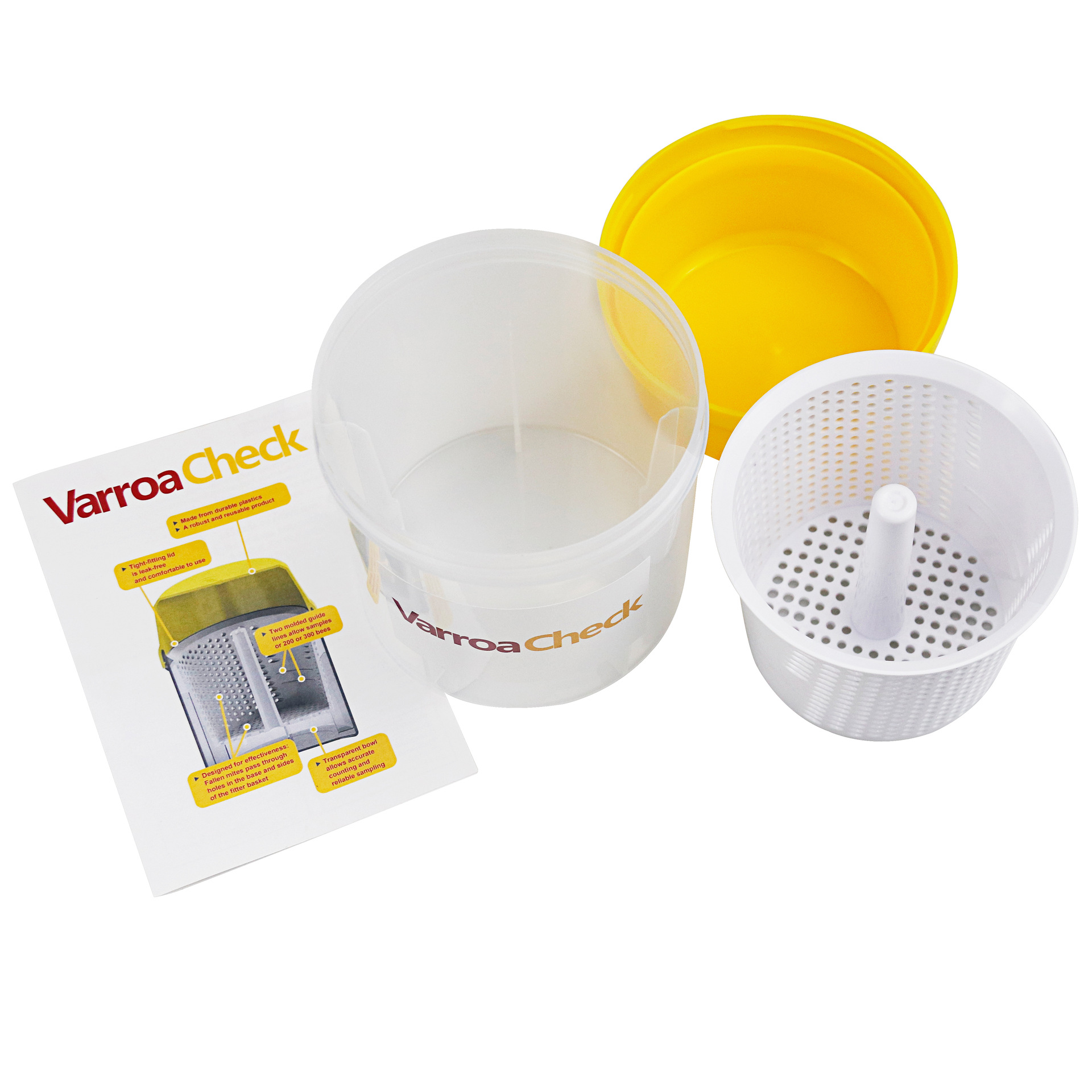
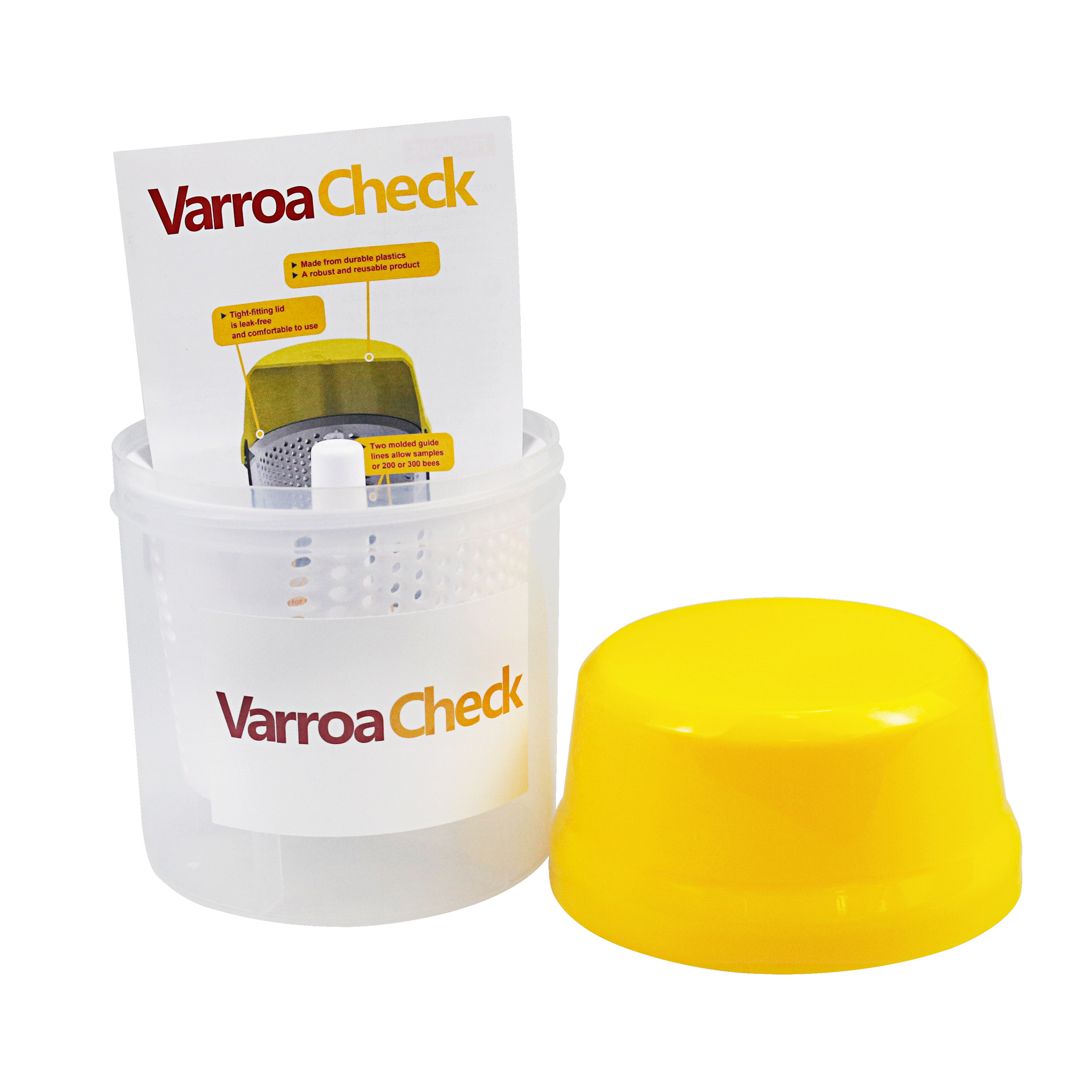
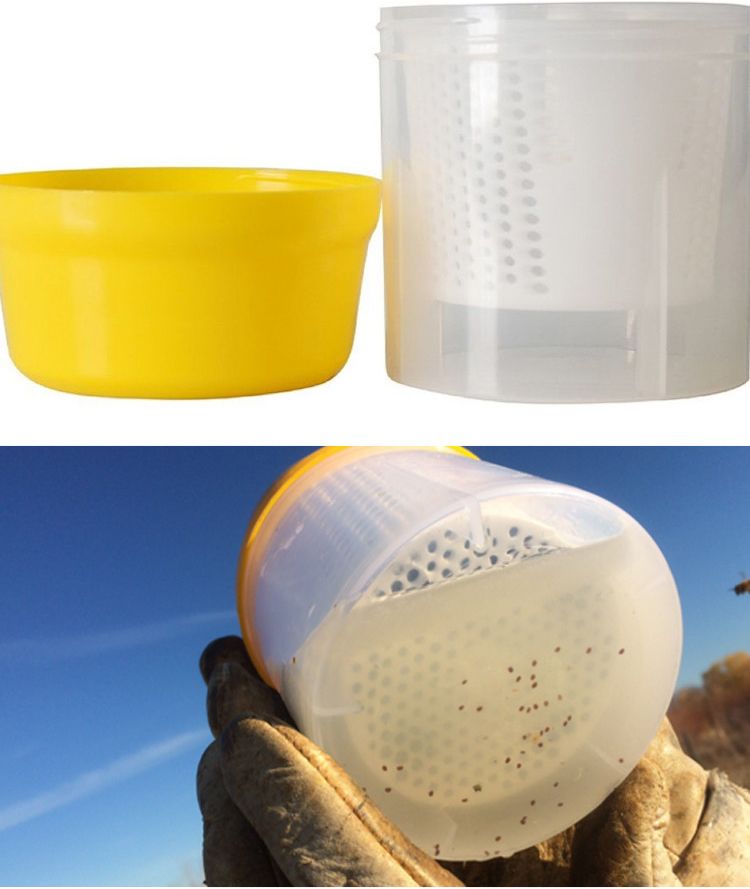
The Favorite Tool for Counting Varroa Mites
The “sacrifice” of a bee sample may discourage some beekeepers from monitoring their colonies. But you need to think of the sampling like you would a blood-test: you take a sample of blood to guide a diagnosis, but it is such a small amount that it has no consequence on your overall health or well-being.
The sacrifice of 200 to 300 bees is similar:
1 Sampling will give information to improve the health management of the rest of the colony and the entire apiary. The alcohol-wash method, which gives accurate results but does sacrifice bees, will eventually avoid colony mortality.
2 The damage to the monitored colonies should be put in perspective because a limited loss of bees in season has little consequence in a colony that generally contains between 20,000 and 35,000 individuals and whose queen can lay more than 2,000 eggs per day (at the peak of laying). The sample taken usually represents less than one percent of the overall population of the hive, and the bees will be quickly replaced.

